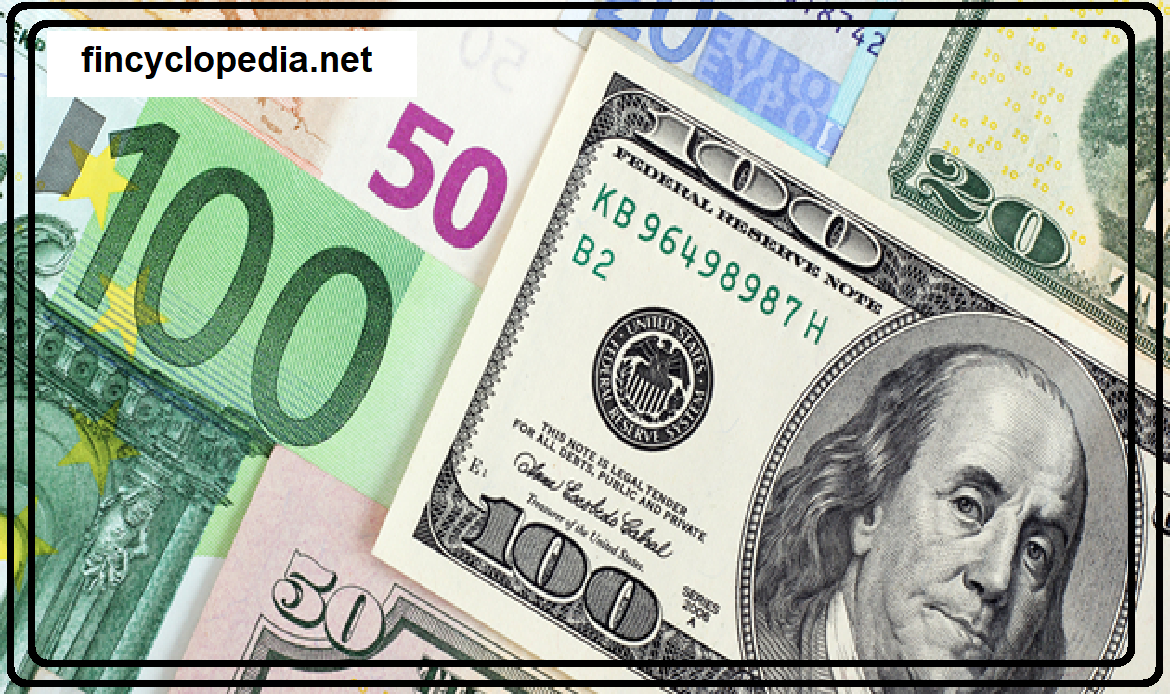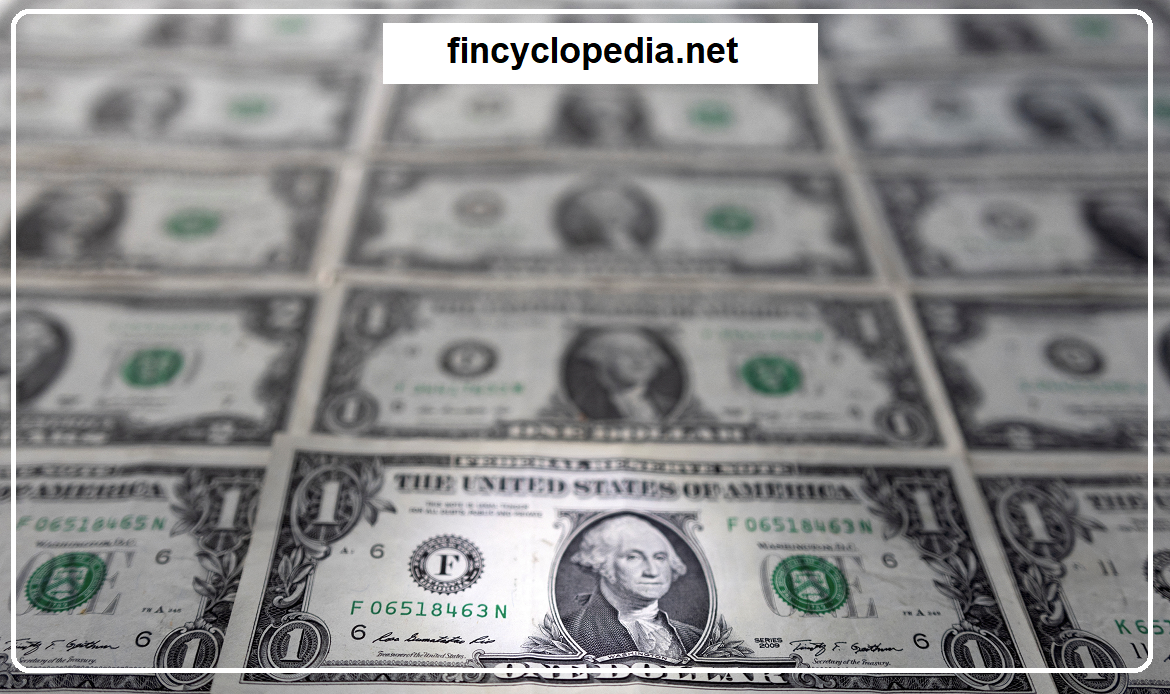A financial instrument representing a short-term financing vehicle which can be “relatively easily” converted into cash. By nature such instruments carry short maturities, and are relatively more liquid than other instruments (in terms of convertibility into cash). This involves borrowing and lending for periods of a year or less (in the so-called money market).
Money market instruments are generally characterized by a very low credit risk, i.e., a high degree of safety of principal and are most commonly issued in units of large sums (e.g., $1 million or more). Maturities of such instruments range from one day to one year, with the most common being three months or less. The existence of active secondary markets for most of the instruments allow holders (investors) to sell them (close their positions) prior to maturity.
Money market instruments provide exposure to money market movements. Unlike organized securities or commodities exchanges, the money market has no physical location. It is an over-the-counter marketplace, but since it is primarily an online market it is easily accessible to all market players and participants, from within a country and as well as from foreign financial centers. The money market is a very efficient venue for transfer of large amounts of money quickly and at a low cost from one economic unit (business, government, bank, etc.) to another for relatively short periods of time.
The money market encompasses a collection of short-term credit market instruments, futures market instruments, and the central bank’s discount window. The major participants in the money market are commercial banks, governments, corporations, government-sponsored enterprises, money market mutual funds, futures market exchanges, brokers and dealers, and central banks. The money market is a very efficient venue for transfer of large amounts of money quickly and at a low cost from one economic unit (business, government, bank, etc.) to another for relatively short periods of time.
The money market exposure is reflected in the steady, though low, interest income associated with low liquidity risk. For example, a bank deposit is a money market vehicle that carries a certain rate of return, commensurate with its terms and conditions, while the depositor can draw money from at any time, without a notice or with an instant notice. Therefore, the interest such deposits would pay is very low, if any. On the other hand, time deposits (savings or investment accounts) do not allow the depositor to withdraw money on demand, but rather have a specified maturity or require a notice (e.g., a 30 day notice) before withdrawal. These deposits usually pay interest and are used by their holders as an income-generating investment.
In addition to the above instruments, the main examples of money market instruments also include money market mutual funds, interbank loans., commercial paper, Treasury bills (T-bills), and securities lending and repurchase agreements (repo).





